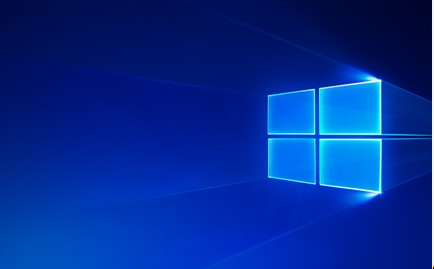
What is Inside my Desktop Computer ?
Tutorial written by KenB
This is a BASIC guide if you are wondering “what is inside my desktop computer”. This is a very basic system – but they are all similar and this will be very good for you to answer the question: “What is inside my Desktop Computer?”
If you intend taking the panel off to have a look the first thing you should do is Switch off at the Wall Socket.
Once you have the panel off you should be able to identify some of the main components.
The Mother Board is the big (green in the photograph) circuit board that everything seems to be attached to in one way or another.

The SATA cable ( shown here as a red cable ) is used to connect the Motherboard to the Hard Drive.
The Hard Drive is where all of your data ( files, photos, etc ) are stored.
You should notice 2 large fans.
Some of your hardware gets very hot. If it gets too hot your system can be damaged. These fans are used to help to keep the inside of the case at a reasonable temperature so that the components can operate normally.
These fans are dusty. If yours are similar it is a good idea to keep them dust free. They are more efficient this way.
Also make sure that the case vents are clear from dust too.

It is worth pointing out that your system may not have SATA cables if it is an older computer.
If it doesn’t then it will have IDE Cables ( or a combination as this one has ). IDE cables are broad grey cables that are used to transmit data.

The photograph above shows 3 PCI slots.
These are used to connect things like Sound Cards, Network Cards and some older Video Cards to the motherboard.

The photograph above shows a Hard Drive. This particular one uses an IDE cable. It is an older style hard drive as the newer ones tend to use SATA cables exclusively.

This photo shows the connections in a little more detail.
A Molex (power) Connector [ first photo ] is connected to the pins on the right side.
The Jumper must be set in the correct position for the drive to work correctly.
SATA drives do not use a jumper.
If you require further information use the Free PC Help site – click here








